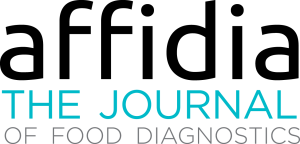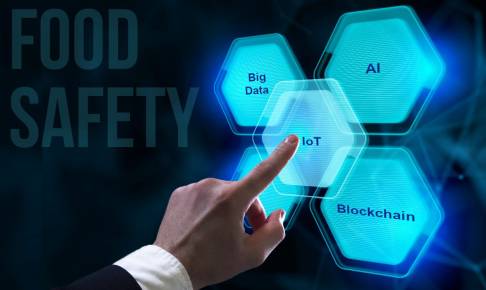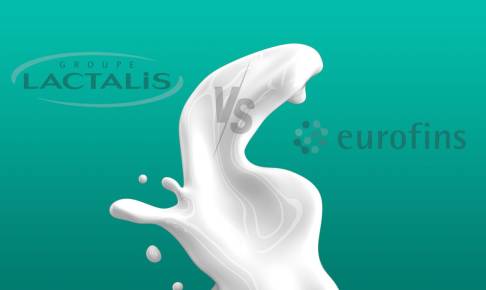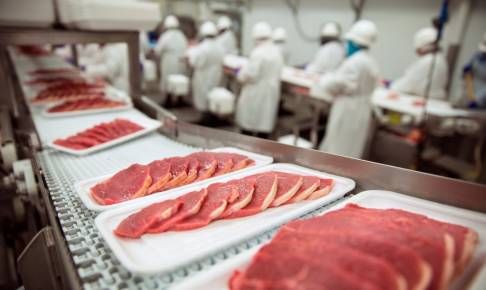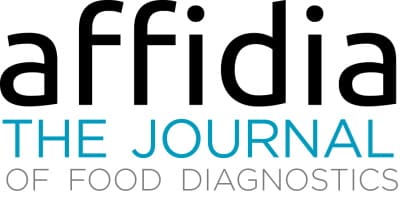Food safety in a circular economy: the case for food processing by-products in the EU
Is it possible for valorised food processing by-products to be both safe and sustainable?
The European Commission’s aspiration to move towards a circular economy is no secret. With the recent unveiling of the Green Deal, an ambitious plan to make Europe carbon neutral by 2050, it is clear that in the near future, businesses will be expected to work with closed loops of resources to minimize waste and reduce the impact of their actions on the environment. The Farm to Fork strategy, a subset of the Green Deal, focuses on the food system and aims to employ the circular economy model to make food production more sustainable.
In the context of food supply chains, closing the loop would mean making better use of food waste, surplus, and by-products. While saving at least a part of the 88 million tonnes of food that is wasted annually in Europe might seem like an irreproachable goal, some of the most attractive solutions could make food less safe for consumers. As the innovative use of side streams and by-products becomes the new norm in a green food system, changing food safety needs must be a core part of the development.
Food waste in the processing stage
Of the total amount of food that is wasted in the EU, around 19% is estimated to come from the processing stage, making it the second largest contributor (Stenmarck et al. 2016). While the amount of waste from households is higher than that from the processing stage, processing waste is less scattered and is more homogeneous in nature. This makes it a more attractive option for valorisation.
In food waste management practices, the food waste hierarchy framework developed by Papargyropoulou et al. (2014) is widely applied (Fig. 1). This hierarchy makes preventing food waste a top priority, followed by reusing food for human consumption. After this, the next priority is to convert food surplus to feed for animals that are part of the food chain. Up until this stage, food safety remains a central concern. The two last stages of the hierarchy include energy recovery and disposal. Once the waste has reached these stages, it is no longer part of the food supply chain and, therefore, food safety is no longer a concern. However, keeping food waste and surplus within the food supply chain is seen as the more sustainable option, considering environmental, economic, and social implications (Papargyropoulou et al. 2014).
Known drivers of food waste at the processing stage include inadequate control systems, inefficient operations, poor use of equipment, spoilage caused by suboptimal handling and storing conditions, damage incurred during transportation, and cold chain inefficiencies (Canali et al. 2016).
Valuable by-products in the EU
Stenmarck et al. (2016) examined the waste contribution of each subsector at the processing stage. At 31%, the meat, poultry, and fish sector is the largest contributor. This is followed by the dairy sector which produces 20% of the total waste. The preserved food sector which manufactures products like jams and canned foods is third with an 11% contribution. Alcoholic drinks and fresh fruits and vegetable sectors are next at 9% and 8%, respectively. Each of these sectors are challenged by unique food safety challenges, such as the perishability of raw material, technological development, and various environmental factors.
In 2016, RE
Download content now
